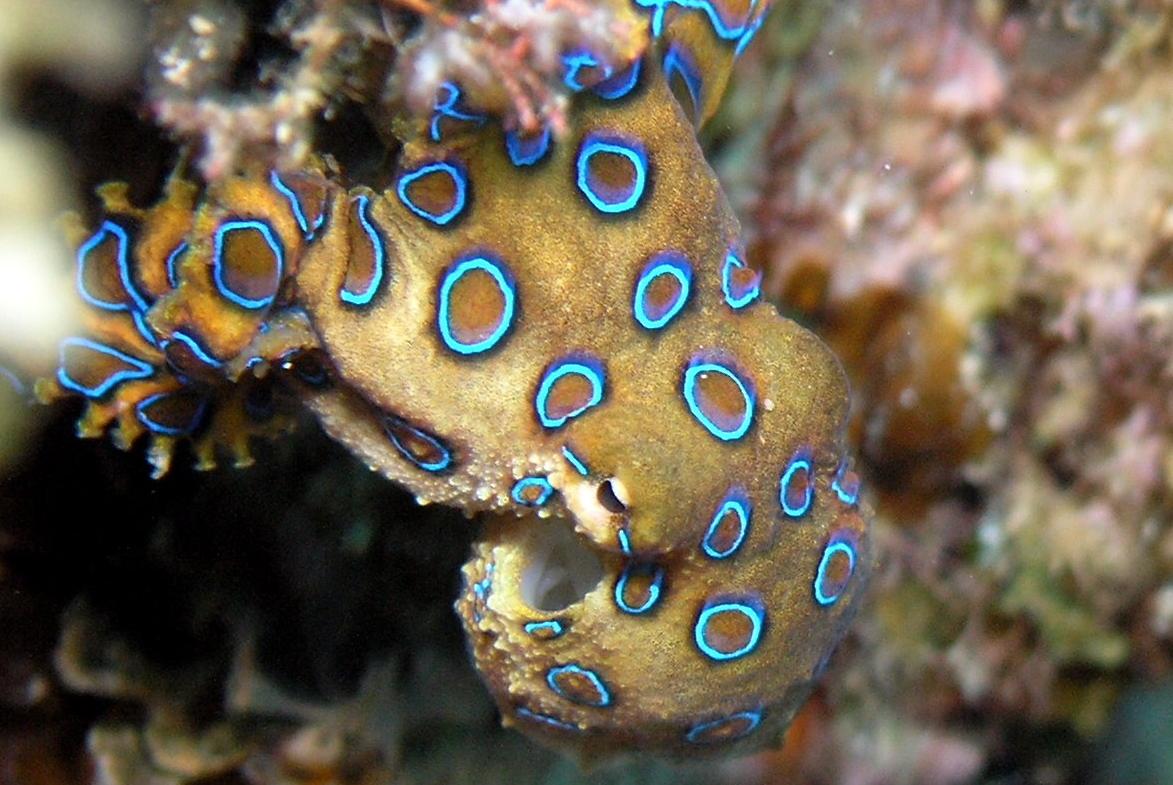10 Cutest Animals That Are Secretly Deadly
In the world of wildlife, appearances can be deceiving. Many creatures possess an allure that captivates our hearts, yet beneath their charming exteriors lies a hidden danger. This paradox of cuteness and peril is a fascinating aspect of nature, where survival often involves complex strategies that defy expectations. This article delves into the lives of 10 such creatures, each with a secret weapon that belies their endearing appearances. From the jungles of South America to the oceans of the Pacific, these animals demonstrate that in the natural world, the line between beauty and danger is often blurred. As we explore these creatures, we will uncover the evolutionary advantages of their dual nature, offering insights into the delicate balance of ecosystems and the intricate dance of predator and prey. Prepare to be enchanted and enlightened as we meet these adorable yet formidable beings.
1. The Blue-Ringed Octopus: A Tiny Marine Marvel

The blue-ringed octopus is a small but mesmerizing inhabitant of the Pacific Ocean, known for its striking blue and black rings that pulse with vibrant color when threatened. Despite its diminutive size, this octopus carries a venom that is potent enough to kill humans. The venom, tetrodotoxin, is a neurotoxin that causes paralysis by blocking sodium channels in nerve cells. This tiny octopus uses its venom primarily for hunting and self-defense, injecting it through a bite that is often painless and goes unnoticed until symptoms begin. The blue-ringed octopus's beauty is not just skin deep; its coloration serves as a warning to potential predators about its toxicity. This phenomenon, known as aposematism, is common in the animal kingdom and serves as a survival mechanism. The octopus's ability to change color and display its rings is controlled by specialized skin cells called chromatophores. These cells expand or contract to reveal different colors, allowing the octopus to blend in with its surroundings or stand out as a warning signal. Despite its deadly nature, the blue-ringed octopus plays a crucial role in its ecosystem. It helps control populations of small marine animals and serves as prey for larger predators that are immune to its venom. This balance is essential for maintaining the health of coral reefs and other marine environments. The blue-ringed octopus is a reminder that even the smallest creatures can have a significant impact on their ecosystems, and that beauty and danger often go hand in hand in the natural world.